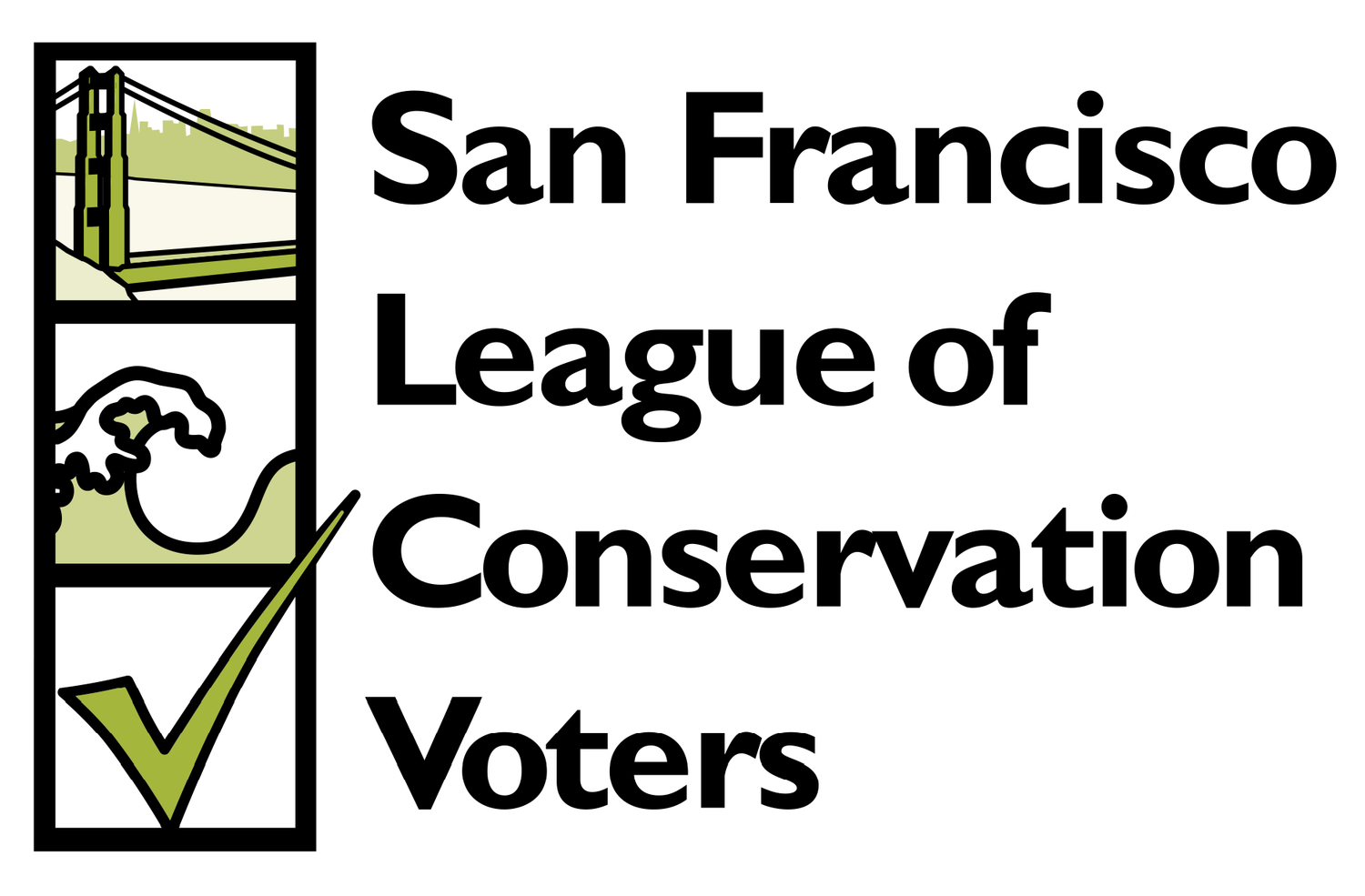June 2018: Vote YES on Regional Measure 3
/Voters in each of the nine Bay Area counties will consider Regional Measure 3 (RM3) on June 5, 2018. If approved by a majority of voters in Alameda, Contra Costa, Marin, Napa, San Francisco, San Mateo, Santa Clara, Solano and Sonoma counties, toll revenues would be used to finance a $4.45 billion slate of highway and transit improvements with the primary goal of reducing traffic congestion and improve transportation options throughout the San Francisco Bay Area’s state-owned toll bridge corridors. Voter approval of RM3 would raise tolls on the region's state-owned toll bridges by $1 beginning Jan. 1, 2019. Tolls would rise by another $1 in January 2022 with another $1 increase in January 2025. Key Benefits:
RM3 plans ahead and will make vital transportation improvements to address the impact of growth before it makes traffic worse.
It will relieve traffic congestion by bringing the region’s public transit system into the 21st century - modernizing, connecting and expanding their existing rail, buses, and ferries.
It will connect BART and other commuter rail services; increase ferry service; and improve connections between buses, trains, and bikes so that many can get to work, school and home more quickly.
Emphasis on transit, bike and ped investments will help improve the region’s air quality.
Previous RM1 and RM2 helped fund major regional transit projects including eBART, Warm Spring Extension, Transbay Terminal, regional ferry vessels, and SMART Rail Extension. This time, RM3 will allocate 75% of funding toward transportation/bike/ped projects, including:
Purchasing new BART cars to run more frequent trains and reduce crowding.
Improve transbay bus service and carpool access to improve commute times across bridges.
Purchasing new San Francisco MUNI trains and buses to expand service, reduce crowding, and improve reliability.
Developing and transitioning to the next generation of the Clipper transit card to support a universal, seamless public transit fare payment system.
Planning and designing a second transbay rail crossing to provide additional capacity for BART and other rail service.
Extending Caltrain to the Transbay Transit Center in downtown San Francisco.
Building new ferry terminals, upgrading ferry facilities and buying more boats.
Generate approx. $150M for regional bike/ped improvements.
RM3 will continue to mandate strong taxpayer safeguards, including independent financial audits with citizen oversight and setting performance standards that every transit agency must meet to ensure they get funding. It even creates a Transportation Inspector General to oversee audits and conduct investigations of how the money is spent. This will hold elected leaders accountable to spend funds as promised in the categories explicitly described in the measure.
Many of the projects in the RM3 program will serve EJ communities throughout the region. Opportunities for community input will be available at the regional level as part of the citizen’s oversight committee, and at the local level as part of each project as it goes from planning to implementation.
Finally, there is a strong nexus that increasing the cost of driving will shift more people to public and active transportation. The toll increase will do just that, and the RM3 investments in transit, biking and walking will help accommodate this shift. As the region continues to grow, ongoing investments to transit, biking and walking are critical to keeping the region moving and thriving for everyone at all income levels. For these reasons, the SFLCV endorses RM3.


